Hello friends, welcome to our website Mixing Images. My name is Vikas Yadav. Friends, today's post is going to be very special. In today's post, we are going to talk about - Ganesh Photo, Ganesh Photos, Ganesh Ji Ki Photo, Ganesh Ji Photo, Ganesh Ji Ka Photo, Ganesh Images. So let's start today's post. Ganesh Photo
 |
| Ganesh Photo |
 |
| 3D Ganesh Photo |
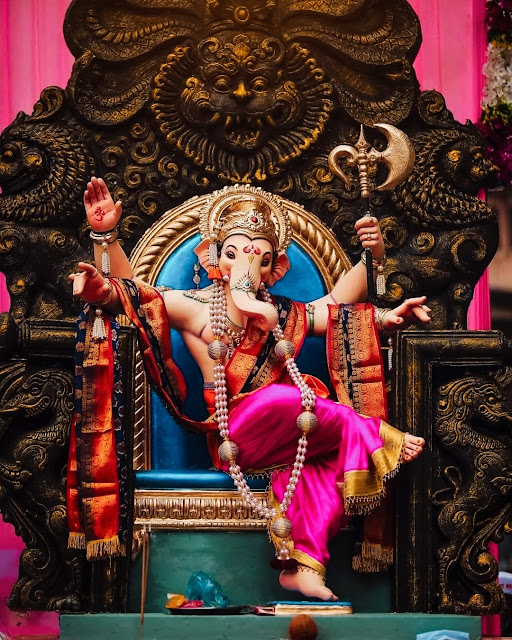 |
| Best Ganesh Ji Photo |
 |
| Bhagwan Ganesh Ji Ki Photo |
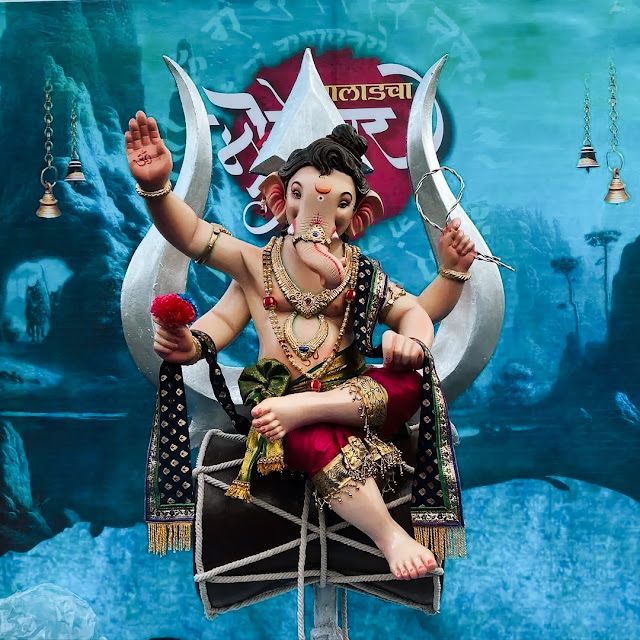 |
| Ganesh Ji Ka Photo 3D |
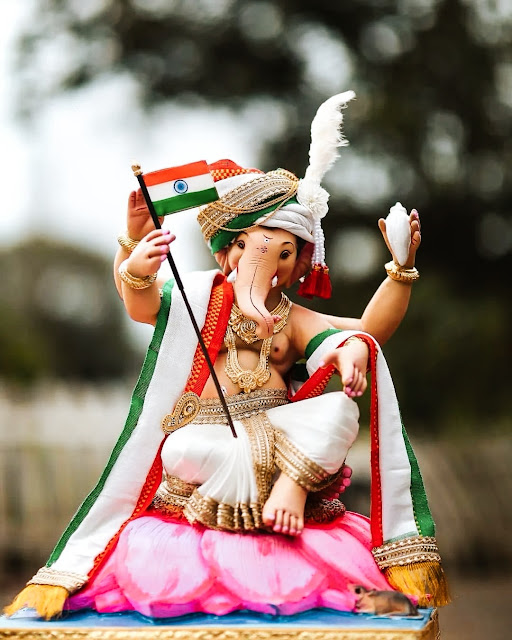 |
| Ganesh Ji Ka Photo Download |
 |
| Ganesh Ji Ka Photo HD |
 |
| Ganesh Ji Ka Photo |
 |
| Ganesh Ji Ki Photo HD |
 |
| Ganesh Ji Ki Photo Wallpaper |
 |
| Ganesh Ji Ki Photo |
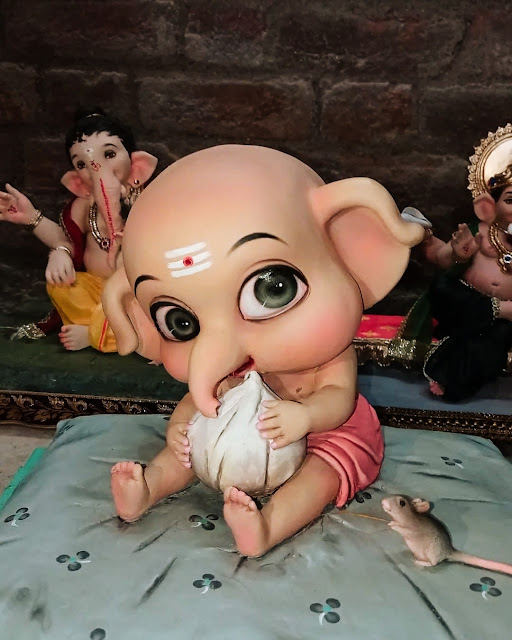 |
| Ganesh Ji Photo Download |
 |
| Ganesh Ji Photo HD |
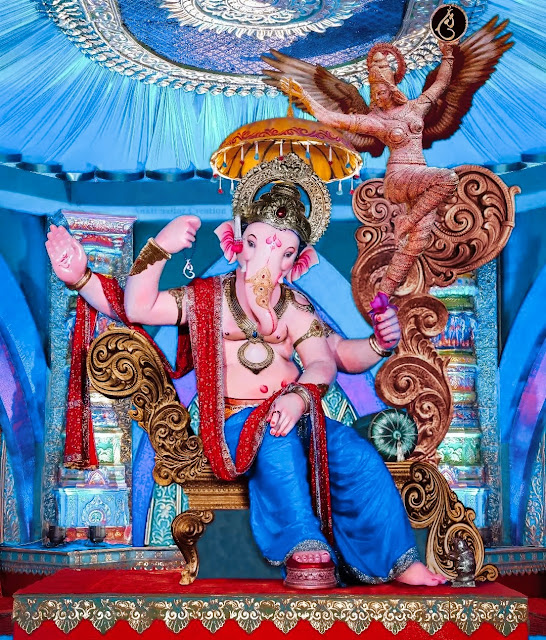 |
| Ganesh Ji Photo Wallpaper |
 |
| Ganesh Ji Photo |
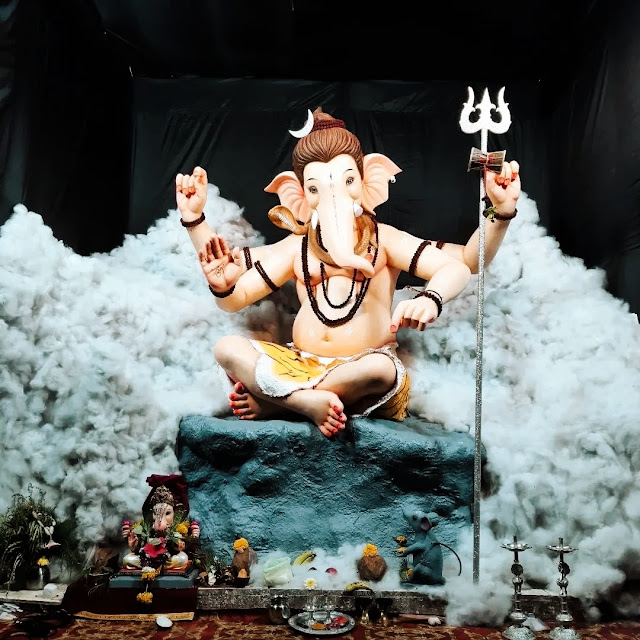 |
| Ganesh Photo Download |
 |
| Ganesh Photo DP |
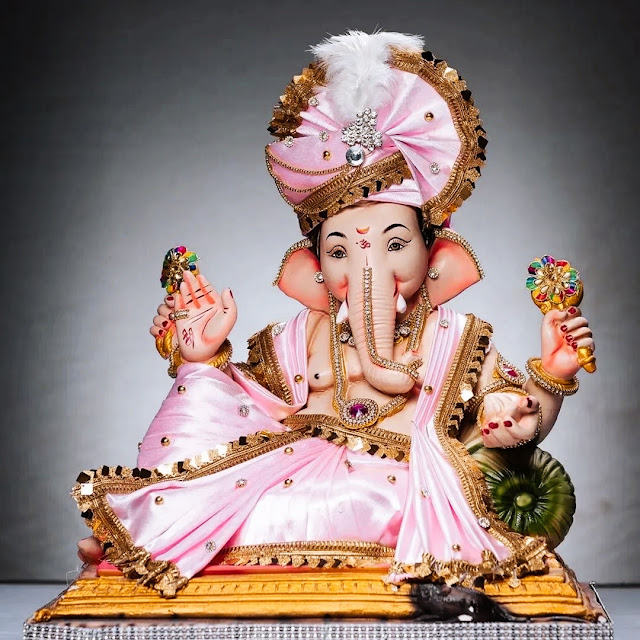 |
| Ganesh Photo HD |
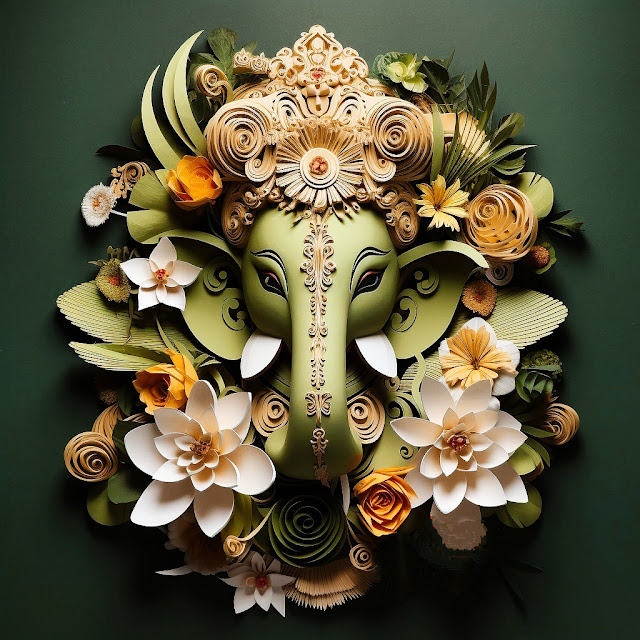 |
| Ganesh Photo |
 |
| Ganesh Photos Gallery |
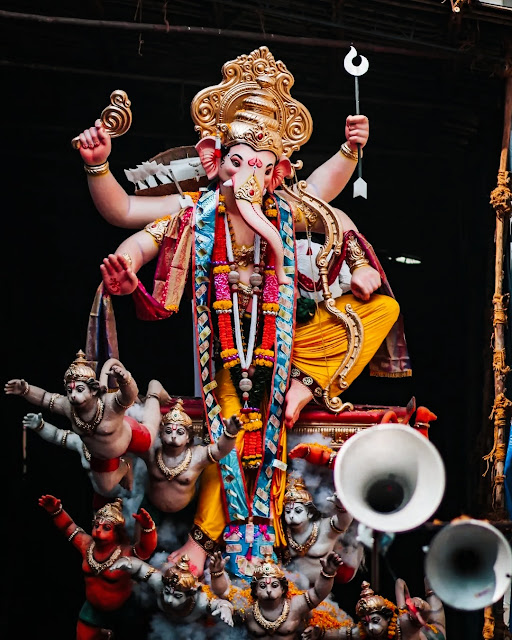 |
| Ganesh Photos HD |
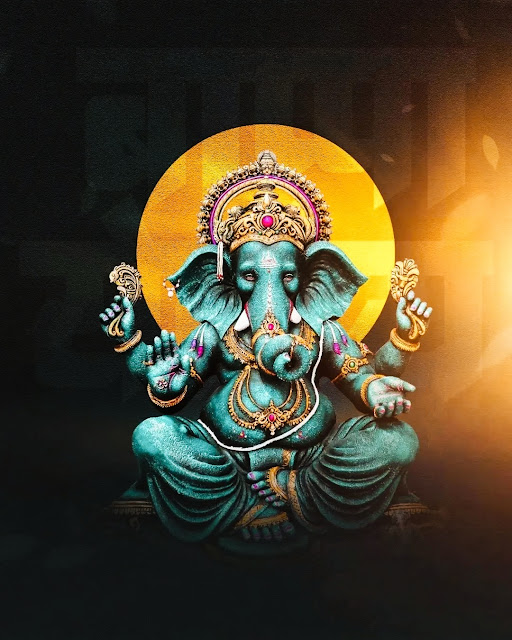 |
| Ganesh Photos |
 |
| Happy Ganesh Ji Ki Photo |
 |
| New Ganesh Photos |
 |
| Shri Ganesh Ji Ka Photo |
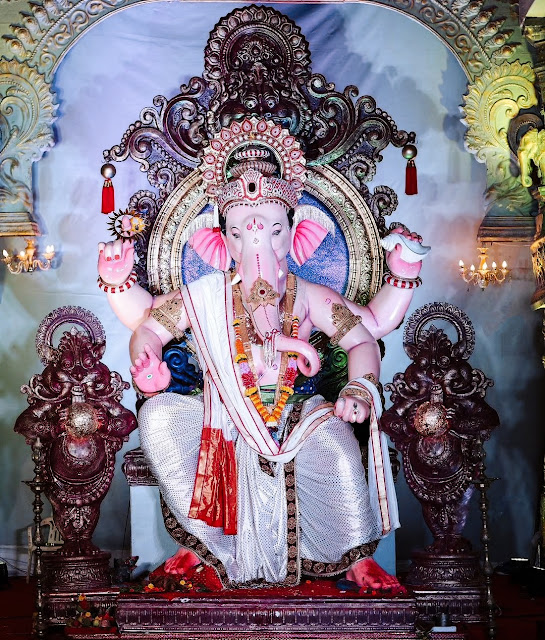 |
| Sri Ganesh Photos |
My dear friends, I hope you liked this post of ours. If you liked this post of ours, then do share our post with your friends. And share on social media. And let us know in the comments how much you liked the post. Don't forget to comment.




























![5555+ WhatsApp DP Images 2026 [ New & Stylish WhatsApp DP ]](https://blogger.googleusercontent.com/img/a/AVvXsEg95BfLEowtFnLtY0Il-OSnzA76svLtx8rt7iXrP02lzt0U-y2AHvAhQFdIMHg97mkNEBk6mB9z2cDEusvytmRIYatQLaGhPeZbmVKP0hTcPe2dxRSKw9LydaR2N3t5TOrDor018-2ttJcGzBUgjgqO4mU_pxF-2gw4zEAZ4tWQNydtUyrGsYH6CVrZ=w680)




0 Comments
If You Have Any Doubts. Please Let Me Know.